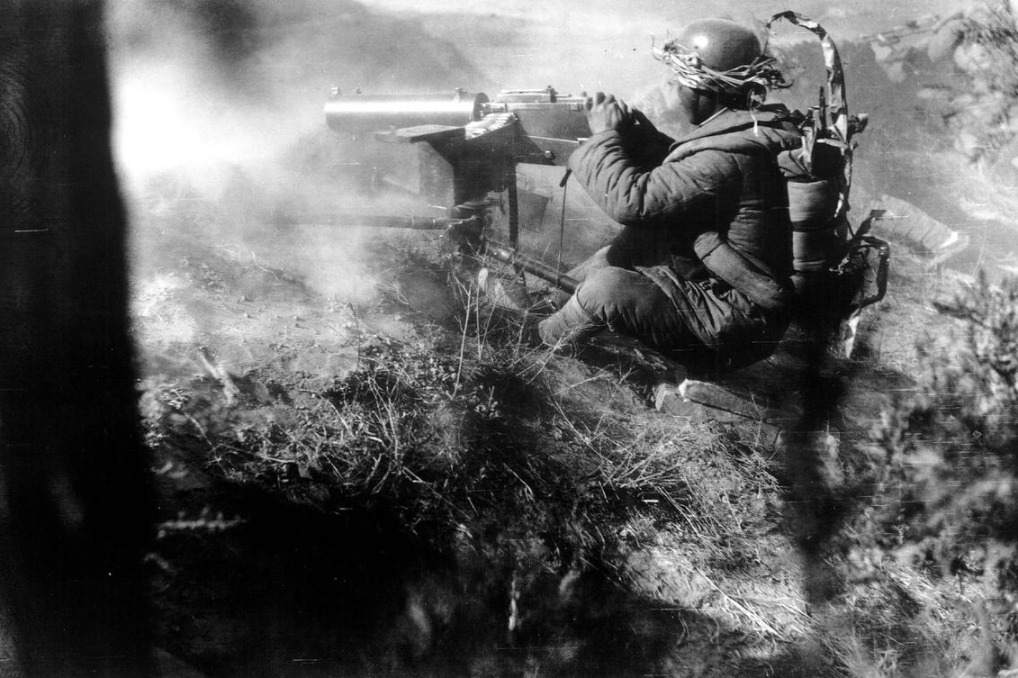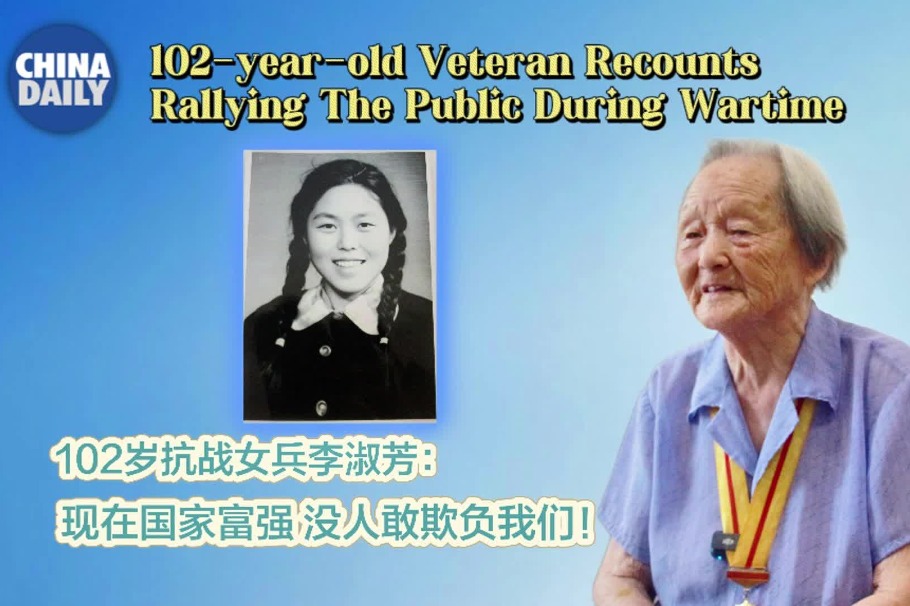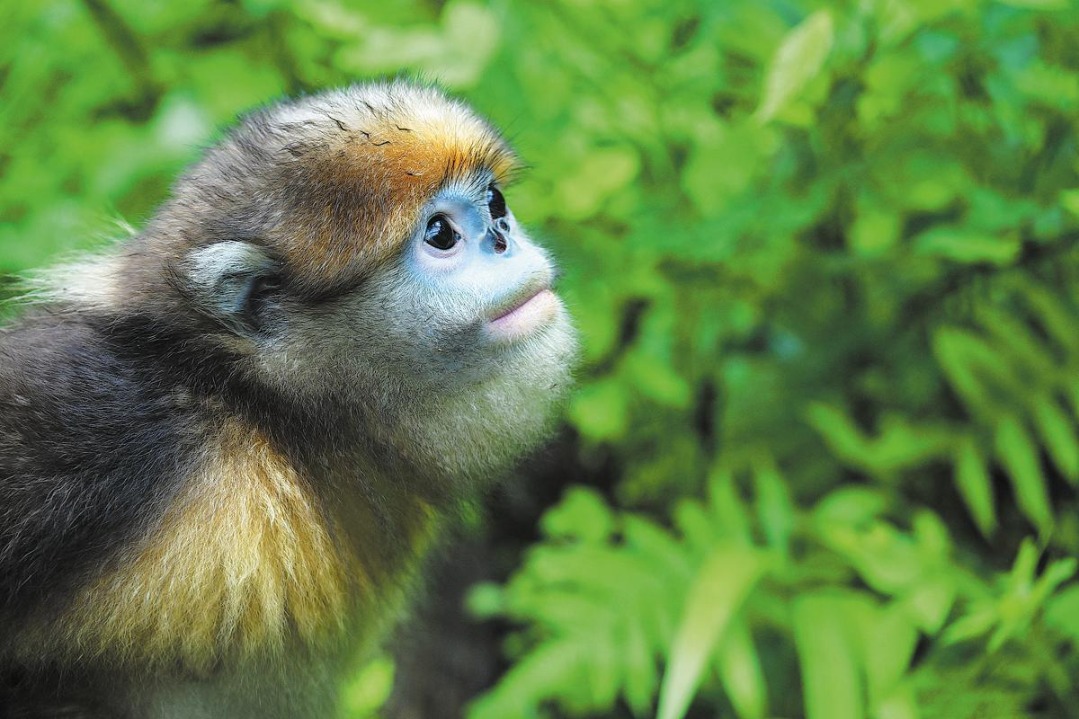Jingzhou turns history into modern attraction
Actors clad in traditional costume greet visitors as Spring Festival sees culture take to the streets, Deng Zhangyu reports.

On Lunar New Year's Eve, usually a time of family reunions around the dining table, a city wall built more than 2,000 years ago in Jingzhou, Hubei province, was drawing enthusiastic crowds.
Visitors took boats on the moat around the walls to the entrance gate, which was decorated with Spring Festival couplets and red lanterns. After passing through the brick wall, a fortification in ancient times, they were able to climb up onto it and enjoy a bird's-eye view of the city.
Actors clad in costumes from the 2,500-year-old Chu culture greeted visitors with good-wish envelopes, while costumed dancers playing the roles of heroes from the city's history invited onlookers to join them, and get into the festive spirit.
Wang Yan, an operating manager of the Jingzhou city wall attraction, says that the Lunar New Year's Eve activities lasted until 9:30 pm. She remembers that, years ago, workers were usually on break during the festival because most Chinese organized celebration dinners with their family and then watched TV together at home. Few people used to venture out at night, unless it was to see firework displays.
"It's been an obvious trend that in recent years people are going out, especially to cultural sites, to celebrate Spring Festival," Wang says.
During the festival this year, the 11-kilometer-long wall welcomed tens of thousands of visitors every day from across the nation, and closing time was extended from 5:30 pm to 9:30 pm.
The wall, which dates back 2,600 years, was originally made of mud and was used primarily as a military defense. It was rebuilt several times under different dynasties and the current brick wall was rebuilt during the Ming and Qing dynasties (1368-1911). It is one of the best preserved city walls in China, and has seen the passage of numerous household heroes and historical events, especially during the late Eastern Han Dynasty (25-220) and the Three Kingdoms (220-280).
Jingzhou is widely known because of Romance of the Three Kingdoms, one of the four classic novels of Chinese literature. The epic saga is a compilation of legends and history and features prominent rulers, military officers and generals. Liu Bei and his two generals, Guan Yu and Zhang Fei, all well-known heroes of the late Eastern Han Dynasty and in literature, once ruled and guarded Jingzhou.
Wang, who was born in the city, says that the wall is a key part of its life, and that the names of its gates are also the names of bus stops and markets.
"In recent years, more and more residents have started to explore the stories behind the city wall. It's like a cultural awakening. Its DNA is ingrained in local blood," Wang says.
Ma Xinwei and his wife drove to Jingzhou on the first day of the Lunar New Year from Chongqing in the southwest. After lunch, they visited the wall with their two nephews, who are primary school students.
Ma was born in Jingzhou and works in another city about an eight-hour drive away. He and his wife planned to explore more of the city's cultural stories this year.
"Compared to staying at home, enjoying delicious homemade food and watching TV or playing mahjong and cards with my family, I prefer to spend my holiday in more interesting places," says the 35-year-old Ma, adding that many of his friends also chose to visit cultural sites during the holiday.
The couple planned to spend the following day at Jingzhou Museum, which was organizing a special activity for visitors to explore the dragon-related elements in its collection.
The garden-like complex houses 130,000 artifacts and artworks, most of which are related to Chu culture. Twenty kings ruled the Chu state over the course of 800 years, and many of the items at the museum were unearthed in tombs discovered around the city.
Yang Kaiyong, deputy director of Jingzhou Museum, says that visiting museums during Spring Festival has become more popular in recent years. Last year's daily numbers peaked at 20,000.
Jingzhou Museum had shows planned to attract visitors during the holiday, and, to improve service, it closed for three days before the Lunar New Year to prepare for the expected influx.
In celebration of the Year of the Dragon, visitors were invited to look for dragon-related elements engraved on the jade, lacquer and bronze ware in the collection. The items, either in the shape of dragons or featuring dragon patterns, were used as containers for food, cups for alcohol, decorative pieces for nobility, musical instruments and ritual vessels.
"To cater to increasing demand, our museum remained open during the eight-day holiday and many of our visitors during this period were local residents," Yang says.
Young people often visited just to have a cup of coffee or a piece of cake decorated with patterns from the museum's collections, despite the long queue.
Yang says, now that people are better off, they are becoming more focused on enjoyment, and interest in the Chu culture has rapidly increased in Jingzhou.
According to the Jingzhou Cultural and Tourism Bureau, the city put on around 30 cultural activities during the holiday, and attracted some 4 million visitors.
Its key tourist attractions are all related to culture, among them the Chu King's Mausoleum with its large chariot horse pits, the ancient city wall, and residences formerly inhabited by well-known historical figures. Even Jingzhou Fantawild Oriental Heritage, a franchise theme park, makes use of Chu culture for the keywords describing its attractions.
One of the park's most popular projects is a recounting of the life of Warring States Period (475-221 BC) poet Qu Yuan, whose verses are an icon of Chu culture.
Yang Fan, director of Jingzhou Cultural and Tourism Bureau, says that a decade ago she could never have imagined that people in such a comparatively small city would spend hours lining up for museums and cultural programs.
She says that Jingzhou held a Chu culture festival last year, which attracted many visitors and which will be held once every two years from now on. It is also building a new archaeological heritage park on the site of the former Chu state capital. In addition, there are lots of workshops named after craftsmen who are inheritors of traditional skills from ancient times, and performers, visitors and locals wearing Chu-style costumes are a common sight on the street.
"As we sit on a rich mine of culture, we're making an effort to present more high-quality projects to satisfy growing cultural demands," Yang Fan says.

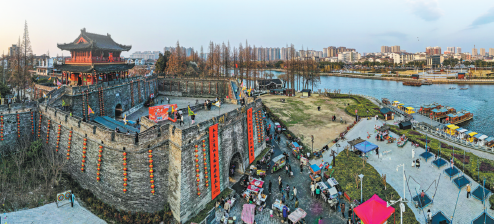
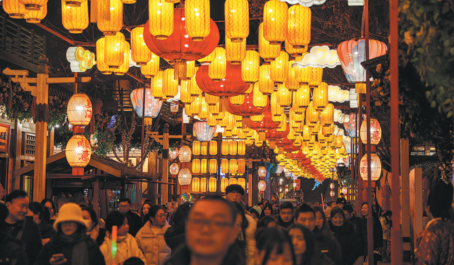
Today's Top News
- Vision turns county into green model
- China rolls out new visa type for young science talent
- Cambodia, Thailand urged to engage in dialogue, rebuild trust
- Country remains at global forefront of digital growth
- Beautiful China vision has sown the seeds for the blossoming of an ecological civilization: China Daily editorial
- Manila needs to cut loose from Washington: China Daily editorial
















